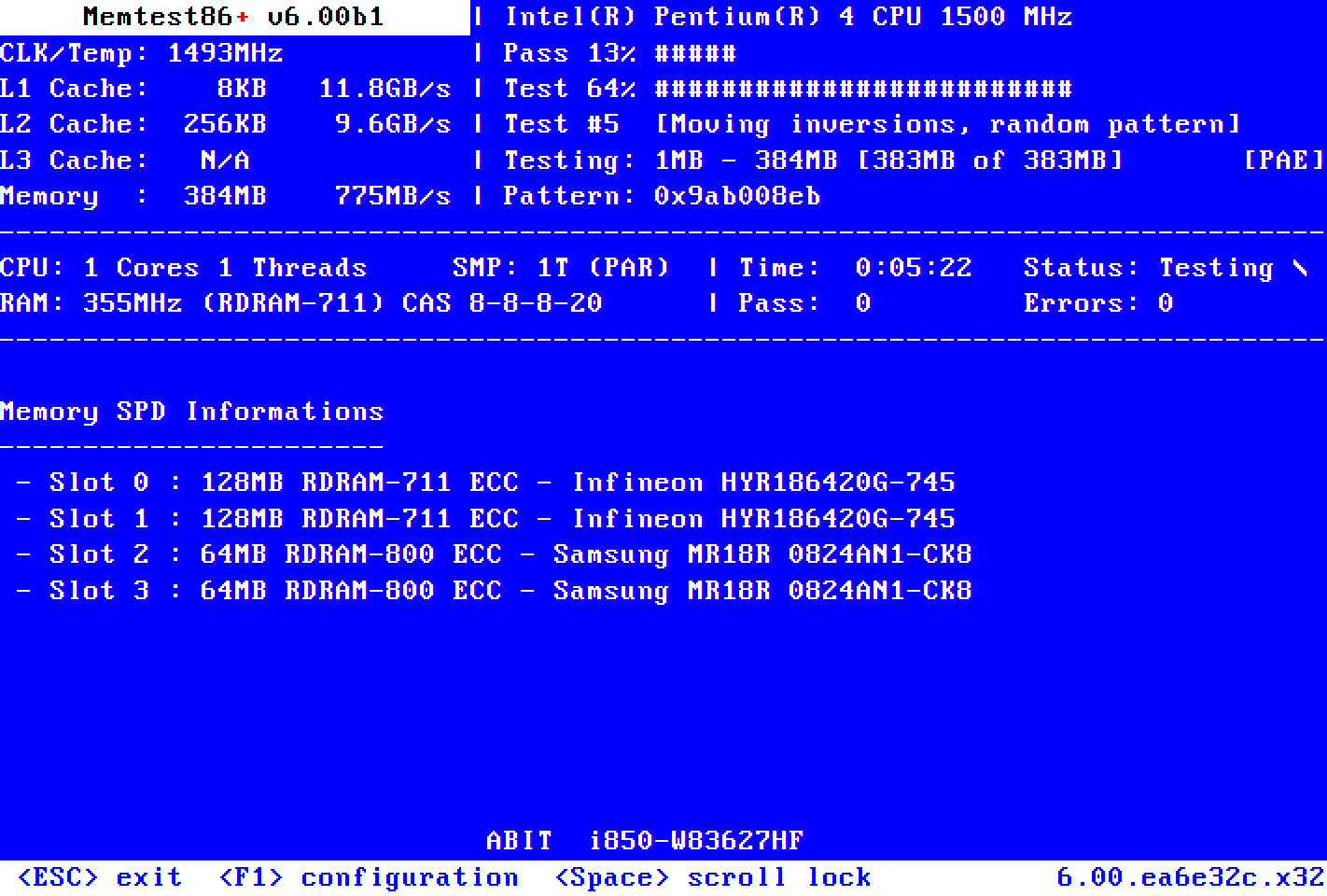Hi,
I am sure I can probably piece together a high level answer if I spent a lot of time on reading posts just in this forum, but I am trying to take a shortcut and I hope you excuse me for that.
I currently have 8GB DDR3 1333 Mhz memory on my computer, consisting of 4 x 2GB sticks.
I've been getting crashes on web browsers (multiple tabs) and Youtube so I thought I would upgrade ram and see if it makes a difference. Knew hardly anything about ram until yesterday, but I read up a bit on it and now I think I understand quite a bit, so I ordered a 16GB kit (2 x 8GB), DDR3 1600 Mhz.
My question is, since my mainboard has 4 ram slots, should I keep 2 x 2GB and replace the other 2 x 2GB with the new 16GB kit, for a total ram of 20GB at 1333 MHz, or is it better to just remove the 2GB sticks entirely so that I have 16GB of ram, but it runs at 1600 Mhz? (FYI, the maximu, ram capacity of my machine is 32GB, so I have no issue with that)
Is the speed differential between 1333 and 1600 worth giving up the extra 4GB, or vice versa?
I've read up on ram in the last few days so I think I kind know what to look for in the abstract, but I just don't have a sense of what 1333 vs 1600 must feel like in practical terms. I don't really play games. It's really for internet (I do have a lot of tabs open) and ordinary productivity work (no graphics work etc).
I am sure I can probably piece together a high level answer if I spent a lot of time on reading posts just in this forum, but I am trying to take a shortcut and I hope you excuse me for that.
I currently have 8GB DDR3 1333 Mhz memory on my computer, consisting of 4 x 2GB sticks.
I've been getting crashes on web browsers (multiple tabs) and Youtube so I thought I would upgrade ram and see if it makes a difference. Knew hardly anything about ram until yesterday, but I read up a bit on it and now I think I understand quite a bit, so I ordered a 16GB kit (2 x 8GB), DDR3 1600 Mhz.
My question is, since my mainboard has 4 ram slots, should I keep 2 x 2GB and replace the other 2 x 2GB with the new 16GB kit, for a total ram of 20GB at 1333 MHz, or is it better to just remove the 2GB sticks entirely so that I have 16GB of ram, but it runs at 1600 Mhz? (FYI, the maximu, ram capacity of my machine is 32GB, so I have no issue with that)
Is the speed differential between 1333 and 1600 worth giving up the extra 4GB, or vice versa?
I've read up on ram in the last few days so I think I kind know what to look for in the abstract, but I just don't have a sense of what 1333 vs 1600 must feel like in practical terms. I don't really play games. It's really for internet (I do have a lot of tabs open) and ordinary productivity work (no graphics work etc).




